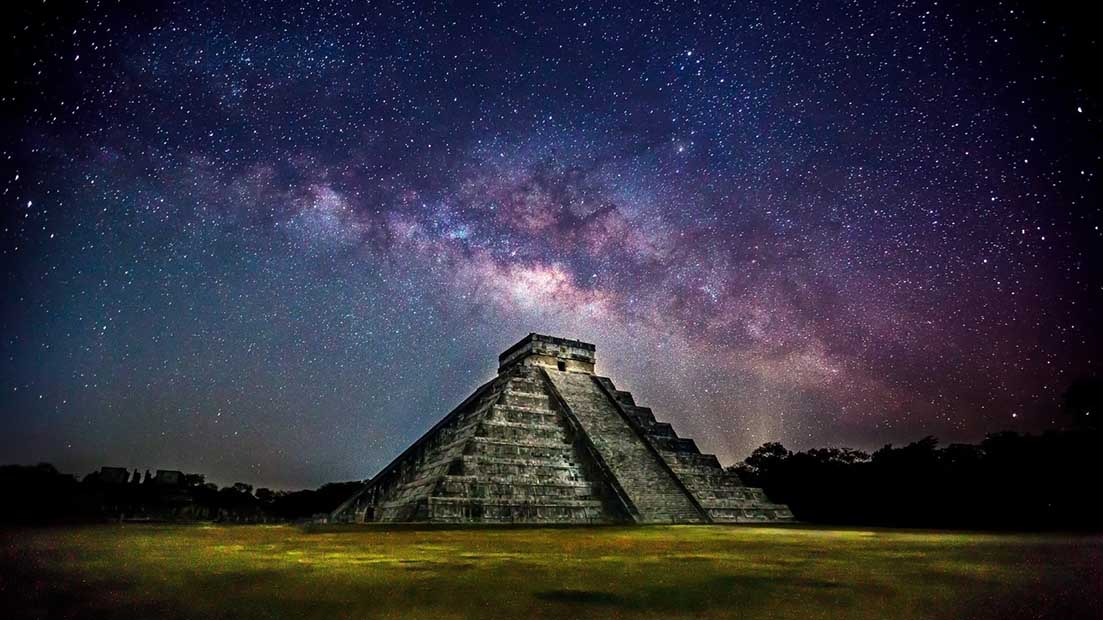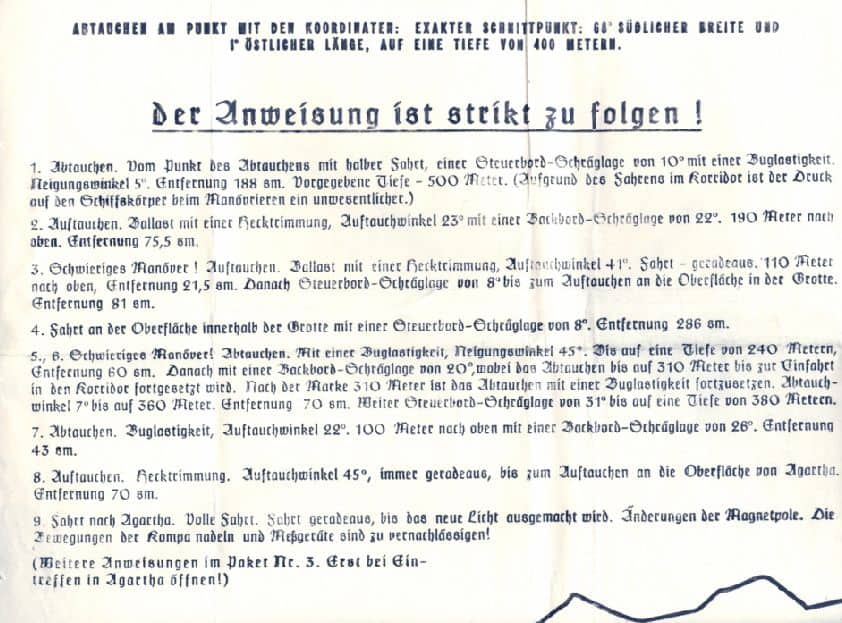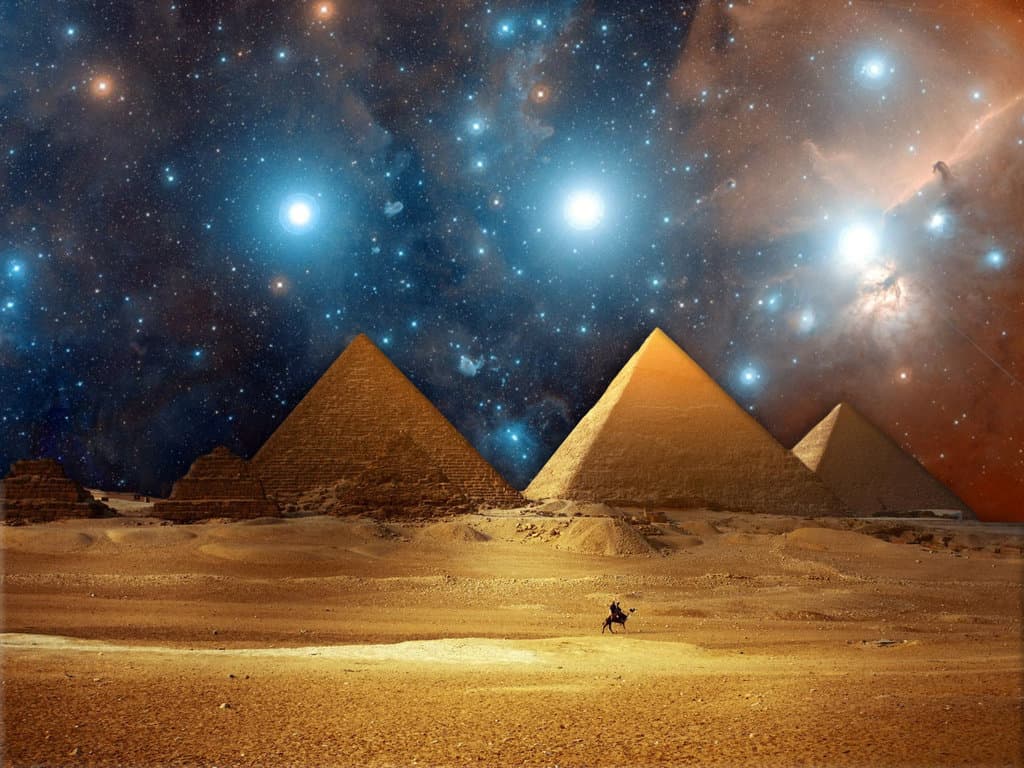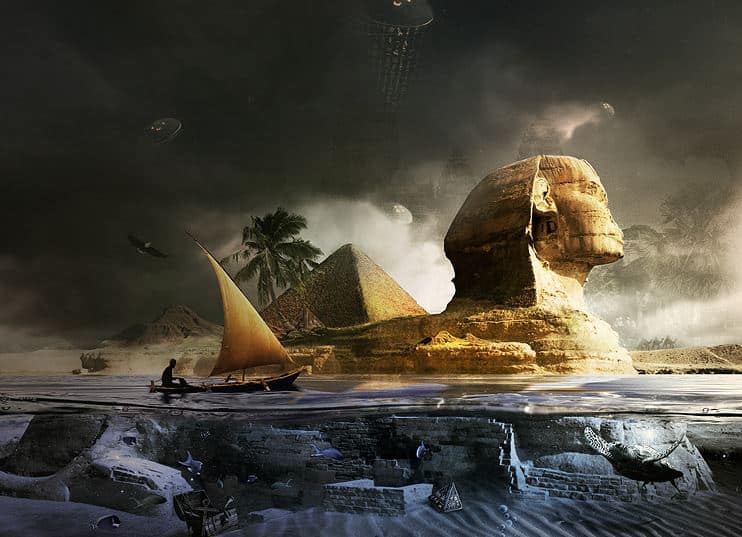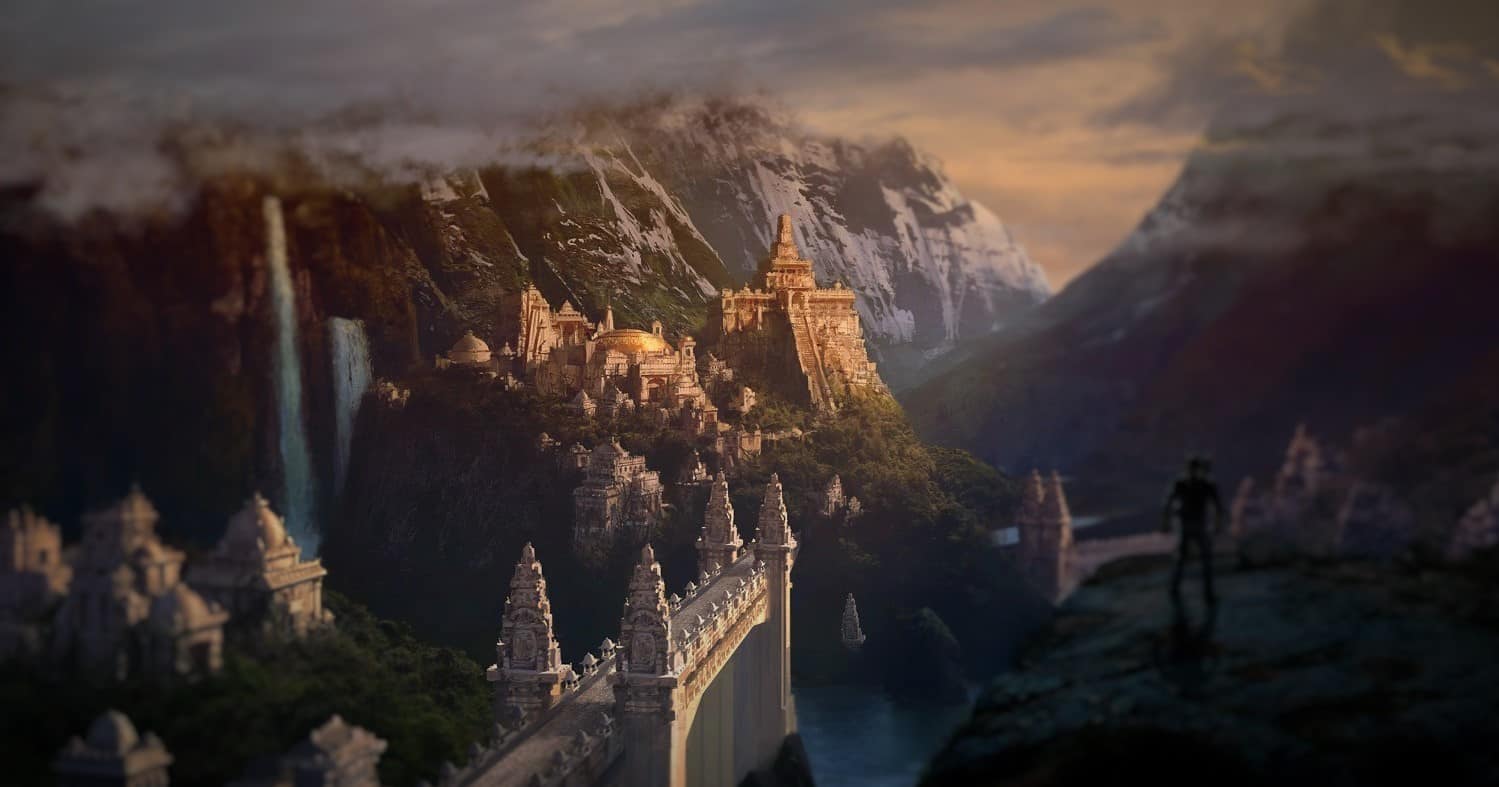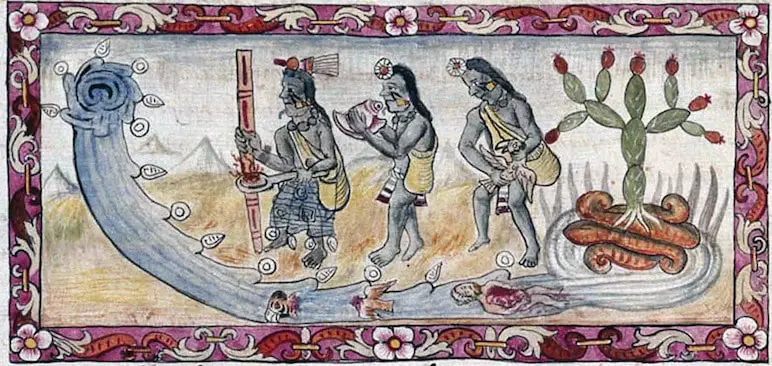
“Before the great flood which took place 4,800 years after the creation of the world, the country of Anahuac was inhabited by giants, all of whom either perished in the inundation or were transformed into fishes, save seven who fled into caverns. When the waters subsided, one of the giants, the great Xelhua, nicknamed the ‘Architect,’ traveled to Cholula, where, as a memorial of the Tlaloc which had served for an asylum to himself and his six brethren, he built an artificial hill in the form of a pyramid…”
No matter where you look, descriptions of a cataclysmic flood that destroyed the world can be found in nearly all ancient cultures.
The Great Flood was supposedly sent by God or the gods upon the earth in order to destroy civilization as an act of divine punishment. This story is a widespread theme among many cultural myths and is perhaps best known from the biblical story of Noah.
But despite the fact that Noah’s story of the great flood may be one of the most famous and well know flood stories, it isn’t the oldest one out there, and it certainly isn’t the only one.
There are several other—perhaps less famous—versions such as stories of Matsya in the Hindu Puranas, Deucalion in Greek mythology. The oldest and ‘original’ account of the great flood is, according to scholars, that of Utnapishtim in the Epic of Gilgamesh.

Curiously, a great deal of similarity exists between several of the flood myths, something that has led many authors and scholars to believe that these have evolved from or influenced each other.
And despite the fact, three stories of a great flood exist in nearly all ancient cultures on Earth; mainstream scholars are divided in opinion whether or not such an event took place on Earth. However, scientists do recognize that in the distant past, thousands of years ago, a catastrophic flood did take place on Earth, but most scientists deny that there was a massive Flood—the Great Flood—that occurred in the last 6,000 years that covered major parts of the planet.
The ancient Sumerian Nippur tablet is believed to describe the oldest account of the Great Flood and the creation of both humans and animals on Earth. It also records the names of Antediluvian cities on earth and their respective rulers.
The Eridu Genesis is believed to have been composed circa 2,300 BCE is considered as the earliest known account of the great flood and predates more popular Great Flood described in the biblical book of Genesis.
Many authors and scholars believe that the Sumerian accounts of a great flood eventually gave birth to more popular Flood myths like the one described in the Bible.
However, if that is true, how did the story of a great deluge make its way all the way to Mesoamerica, thousands of years ago?
The Aztec Flood Stories
There are several accounts of Aztec Flood stories, but authors argue that the most famous of them all is that of Nota, the Aztec version of Noah.
When the Sun Age came, there had passed 400 years. Then came 200 years, then 76. Then all mankind was lost and drowned and turned to fishes. The water and the sky drew near each other. In a single day, all was lost. But before the Flood began, Titlachahuan had warned the man Nota and his wife Nena, saying, ‘Make no more pulque, but hollow a great cypress, into which you shall enter the month Tozoztli. The waters shall near the sky.’ They entered, and when Titlachahuan had shut them in he said to the man, ‘Thou shalt eat but a single ear of maize, and thy wife but one also.’ And when they had each eaten one ear of maize, they prepared to go forth, for the water was tranquil. (source)
— Ancient Aztec document Codex Chimalpopoca, translated by Abbé Charles Étienne Brasseur de Bourbourg.
IF we take a look at the Five Suns, the doctrine of the Aztec and other Nahua peoples we will find the following eras, creations, and destructions:
- Nahui-Ocelotl(Jaguar Sun) – Inhabitants were giants who were devoured by jaguars. The world was destroyed.
- Nahui-Ehécatl(Wind Sun) – Inhabitants were transformed into monkeys. This world was destroyed by hurricanes.
- Nahui-Quiahuitl(Rain Sun) – Inhabitants were destroyed by a rain of fire. Only birds survived (or inhabitants survived by becoming birds).
- Nahui-Atl(Water Sun) – This world was flooded turning the inhabitants into fish. A couple escaped but were transformed into dogs.
- Nahui-Ollin(Earthquake Sun) – We are the inhabitants of this world. This world will be destroyed by earthquakes (or one large earthquake).
The fourth one, Nahui-Atl describes what many believe is a great flood: This world was flooded turning the inhabitants into fish. A couple escaped but were transformed into dogs.
“The fourth sun, Nahui-Atl, “Four-Water,” ended in a gigantic flood that lasted for 52 years. Only one man and one woman are said to have survived, sheltered in a huge cypress. But they were turned into dogs by Tezcatlipoca, whose orders they had disobeyed,”—Britannica.
After the Nahui-Atl comes the Nahui-Ollin, the world we live in today, which, according to Aztec mythology, will be destroyed by one large earthquake.
Different versions of Mesoamerican floods, especially those by the Aztec people tell that after the great flood, there were no survivors, and creation had to start from the beginning, while other accounts describe how current humans are descended from a small number of survivors.
Before the great Flood which occurred around 4,800 years after the creation of our world, the country of Anahuac was inhabited by giants, all of whom either perished in the inundation or were transformed into fishes, save seven who fled into caverns.
When the waters receded, one of the giants, Xelhua, surnamed the ‘Architect,’ traveled to Cholula, where, as a memorial of the Tlaloc which had served for asylum to himself and his six brethren, he built an artificial hill in the form of a pyramid.
He ordered bricks to be made in the province of Tlalmanalco, at the foot of the Sierra of Cecotl, and in order to convey them to Cholula, he placed a file of men who passed them from hand to hand.
The gods beheld, with wrath, an edifice the top of which was to reach the clouds. Irritated at the daring attempt of Xelhua, they hurled fire on the pyramid.
Numbers of the workmen perished.
The work was discontinued, and the monument was afterward dedicated to Quetzalcoatl.
Giants lived on Earth before the flood, and Xelhua was one of the seven giants in Aztec mythology who escaped the flood by ascending the mountain of Tlaloc in the terrestrial paradise and afterwards built the Great Pyramid of Cholula.
A Dominican monk wrote this account:
Xelhua was a giant of the “time of the universal deluge.” He was one of the seven giants in the Aztec culture. Before the pyramid in Mesoamerica was complete, “fire fell upon it, causing the death of its builders and the abandonment of the work.”
Featured image credit: FAMSI
Reference:

